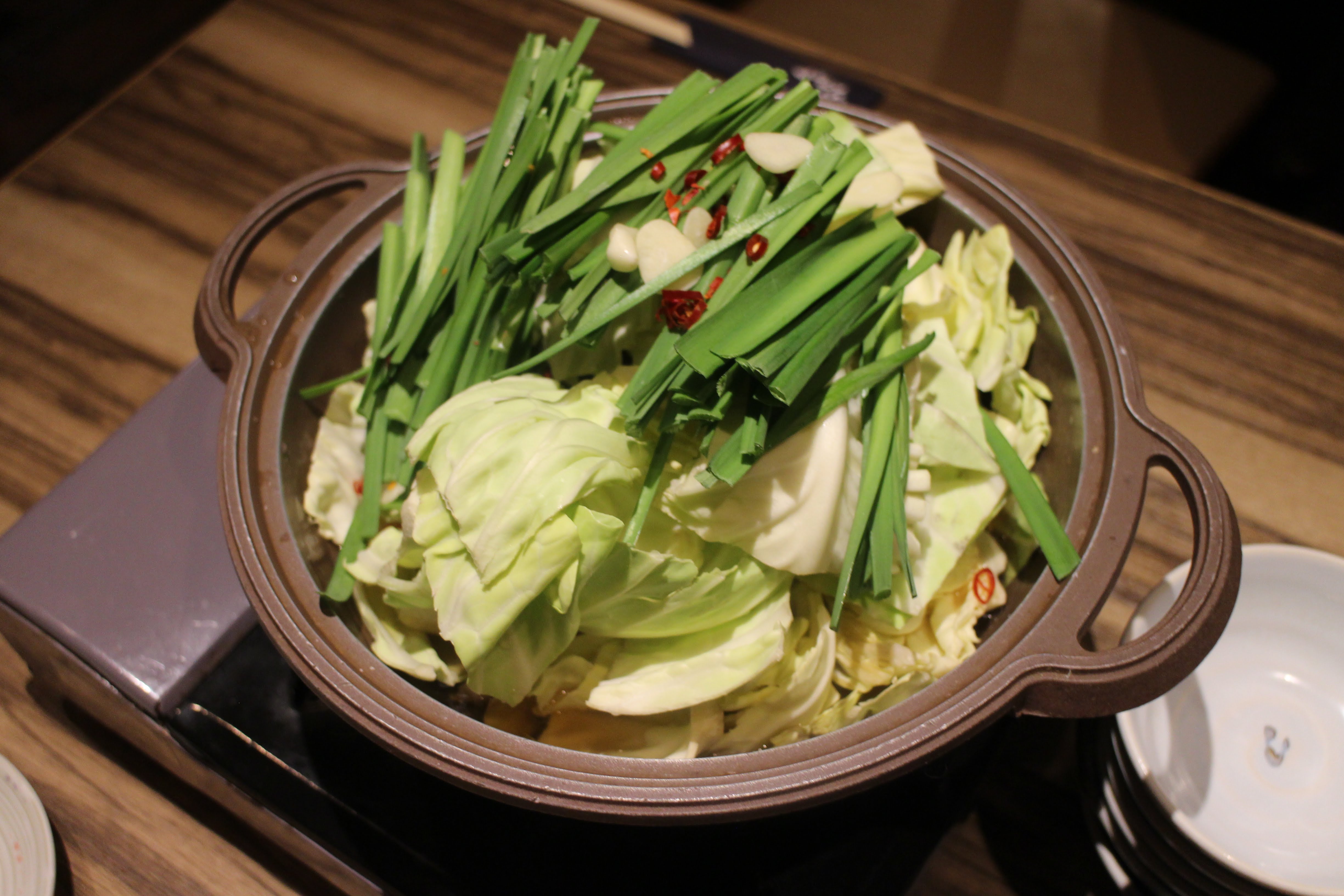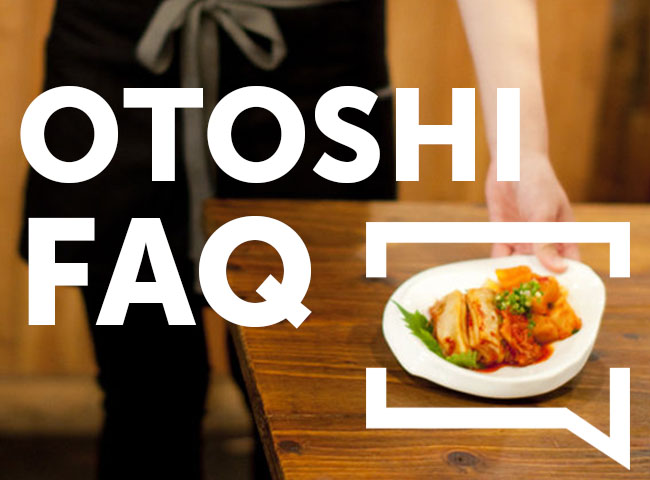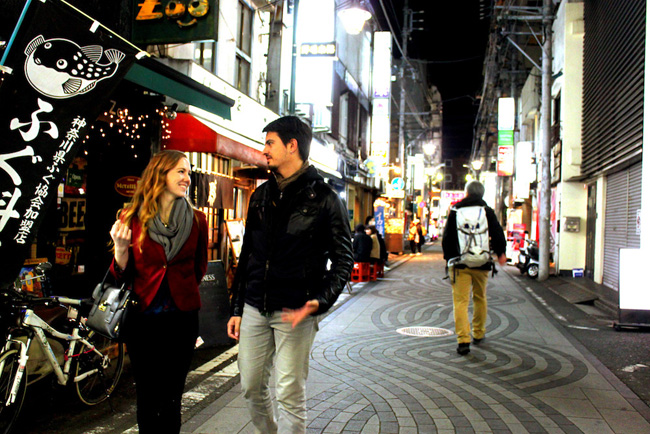10 Essential Rules of the Japanese Izakaya Business Party
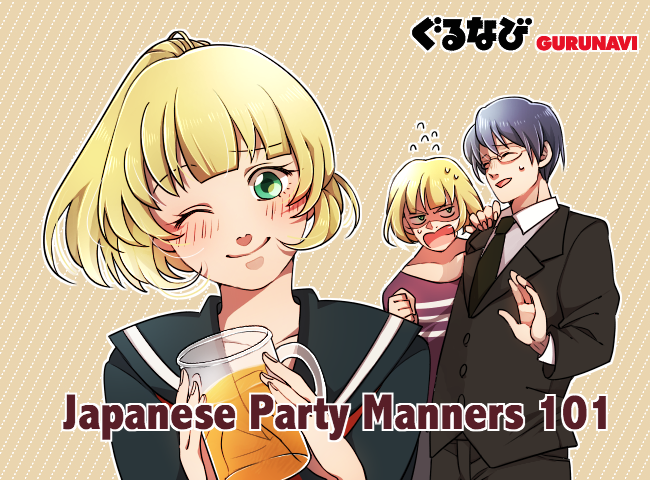
If you’re a newly-minted foreign recruit in a Japanese company, you may have already started to notice how Japanese corporate culture deals with work-life balance. Salarymen and women are expected to participate outside of work, often in the form of various get-togethers at izakaya, or Japanese-style bars, where it’s easy to grab big group tables and chow down while drinking copious amounts of beer. While Japanese Izakaya parties are fun, they can also be a great chance to win over your coworkers—especially the boss. So put your best foot forward, pick up a beer, and follow these 10 essential rules!
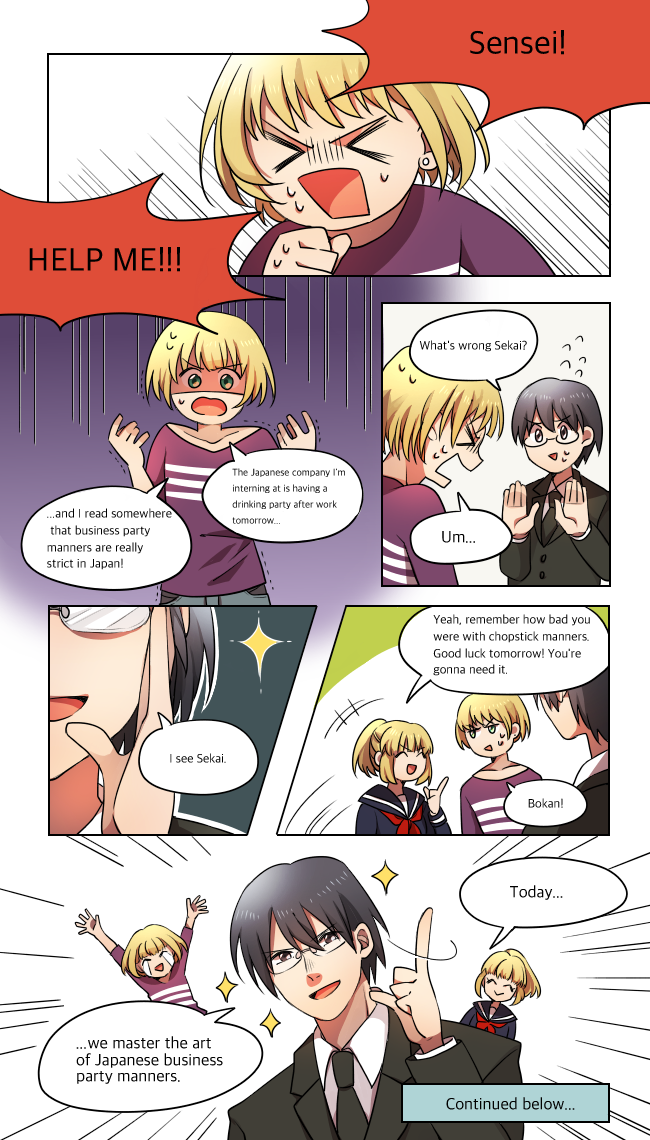
Rule #1: Punctuality is the Soul of Business (and Drinking)
When it comes to arriving at a Japanese izakaya drinking party, it’s not enough to simply show up on the dot and bounce inside for a drink; timing is everything! Even if you arrive at an izakaya along with your colleagues, there are protocols to be observed. Clear the way for your boss to enter first, followed by your sempai—in other words, everyone who has been at the company longer than you. Only then should you feel free to go inside yourself. Simply put, you should be the last one inside.

If you find yourself going alone to meet the group, keep in mind that there is no such thing as being “fashionably late,” especially when it comes to Japanese business culture—as a rule, you should plan on being at least 10 minutes early. That said, if you arrive to find that nobody else in your group is there yet, the worst thing you can do is to go inside, find your table, and sit down until everyone arrives. It’s only polite to wait outside the izakaya—and then observe the proper pecking order as above once the rest of your group has arrived.
Rule #2: Assigned Seating Is Implied
Speaking of pecking order, nowhere is this more evident than in izakaya seating arrangements. Tables are typically rectangular, and rooms are usually cordoned off for individual groups. The highest ranking or oldest person in the group (more often than not the same person) sits at the far end corner of the table on the side farthest from the exit; followed by direct subordinate sitting across the way at the opposite corner. The third-ranked person sits next to the boss and across from the fourth-ranked person, and so on. The lowest-ranked person (most likely you) should find him or herself sitting farthest away from the boss on the opposite side of the table, in the corner closest to the exit.

These hierarchical seating arrangements may seem daunting at first, but as a good rule of thumb, simply put yourself in the corner closest to the exit—and then let everybody else do as they will.
Rule #3: The Toast Must Be Honored
Making a toast—the all-important kanpai—is a signature moment of all Japanese get-togethers without which the party literally cannot begin. It’s also one of the happiest ones, as it often comes right after the boss has made his or her too-long speech, forcing everyone to dutifully pretend they aren’t hungry after a long day. But even during the kampai, before food can be wrestled off tiny plates with chopsticks, there are subtle rules.

The most important of these involves exactly how one should clink glasses together. When toasting with a higher-ranking person, position your glass or mug lower than theirs out of deference to superior status. It’s a tiny tip of the hat that they’re sure to appreciate coming from a foreigner. Finally, no matter how hungry you are post-kampai, try to refrain from immediately digging in; especially in Japanese corporate culture, it is considered extremely rude to eat before one’s superiors! Once the boss eats, everybody else may follow.
Rule #4: The Perfect Pour Begins with an Upward Label
One of the nicest and most surprising thing about Japanese drinking parties is that no one pours drinks for themselves—rather, everyone is expected to do so for everyone else. No matter your status in the company, you can feel like royalty at least a few times during the course of the night! This need to pour drinks for everyone over and over may be one reason why bin biru—bottled beer—is the initial drink of choice at most izakaya gatherings.
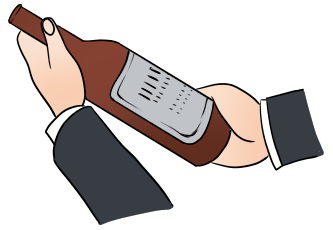
When pouring a drink for the person next to or across from you, position your right hand under the bottle while using your left hand to support it from above; if possible, the label should be upturned as you pour. Be careful that the mouth of the bottle never touches the rim of the glass.
Rule #5: A Well-Maintained Glass Is Essential for Harmony

Equally as important as how you pour a drink is who you pour it for—everyone pours for everyone else, but not everyone is created equal. Japanese business culture dictates that lower-ranking company members typically pour for higher-ranking ones, with the hierarchy typically becoming less strict as the sake begins to flow. Be that as it may, it would behoove you to train your eye on your superiors’ drink supply throughout the night—etiquette demands that subordinates help keep their glasses full during the quasi-festivities. So seek out and fill those empty glasses with vigor—while remembering to put rule number 4 into practice, of course.
Rule #6: When Enough Is Enough, Just Stop Drinking
If you find yourself at an izakaya party and suddenly unable to remember the five rules above, chances are you’ve had a little too much to drink. To politely decline before another eager pouring begins, just place your hand over the top of your glass and say, kekkou desu—”Thank you, I’ve had enough.” Of course it also helps to smile when you say this, just to convey the proper it’s-not-you-it’s-me feeling.

If you want to refuse a drink but would prefer not to say anything at all, one strategy is to simply leave your glass full; this becomes an indirect refusal, since no one is able to pour for you anyway. Even with these two strategies in mind, however, there may be situations where refusal, direct or otherwise, is awkward or even impossible. In such cases, just politely accept the offer, take a tiny sip, and put your near-full glass down—people will understand. It is often true in Japan that subtle actions really do speak louder than words.
Rule #7: Smoking Isn’t Always Acceptable
Smoking and drinking go hand in hand for some people, but there are rules to be observed here, too. Japan is a country where majority rules most of the time—if the people around you are not smoking, lighting up is simply rude. If you find yourself in that situation but absolutely must smoke anyway, kindly claim bathroom needs—just saying the word toire, the Japanese for toilet, will suffice. Then quietly slip away and either go outside or find the designated smoking area in that restaurant.

But just as with declining a drink, there may be times when it isn’t so easy to get away. If you happen to be at the end of your rope and can’t get up for a cigarette, just ask the appropriate person, Tabako, OK desu ka?, which is obviously very basic Japanese for, “Can I smoke?” Puff away if allowed, but be very careful not to blow smoke in peoples’ faces as you do so.
Rule #8: Always Offer to Pay Your Share
Payment for Japanese izakaya parties is more often than not decided in advance—that’s the case if you’re lucky, but please don’t count on it. Many times people will also decide to go Dutch—warikan in Japanese—but lower-ranking members are typically asked to pay less in this case.

There is usually a designated money-collector; you should find out who that is, approach them with your wallet ready, and ask, o-ikura desu ka?, or “How much?” As usual, it’s helpful to watch how the boss behaves at the end of the night. He or she may actually decide to pay everything, but you can never be sure. Always go in with the assumption that you will have to pay, and then be pleasantly surprised when you don’t have to. Basically, as long as you do as the other people in your party do, you will probably emerge with your wallet—and your reputation—unscathed.
Rule #9: End the Night with Tradition

Just as any decent drinking party really opens with the word kanpai, it also closes with an equally important phrase: Gochisou-sama deshita! This phrase translates roughly as “it was a feast,” but the nuance is slightly broader; by saying “gochisou-sama deshita,” you are reassuring everyone that, despite the occasional grimace brought on by the natto fermented bean paste that you were forced to try, both the food and the company were excellent—the collective cry of “gochisou-sama deshita” is probably best interpreted as, “and a good time was had by all.”
Rule #10: Acknowledge a Japanese Izakaya Party with Hungover Politeness
On the day following a company izakaya drinking party, you may actually feel a bit shell-shocked. People who you chatted with boisterously while drinking the night before may stare at you vacantly almost as if they don’t remember how close you had become; similarly, the person to whom you made a snide remark after too much sake smiles mildly at you as you head for your desk, seemingly none the worse for your comment. At least on the surface, it may seem as if people wipe the slate clean after a drinking party.
Of course people remember, but they just choose to compartmentalize their feelings. Regardless of how the party actually made you feel in the end, it is actually extremely important that you let the person in charge of the party—usually the boss, of course—know that you had a good time. If you can find a moment near the beginning of the workday to say, Arigatou gozaimashita—tanoshikatta desu (“Thanks so much—it was fun”), it will go a long way toward scoring points with the boss.
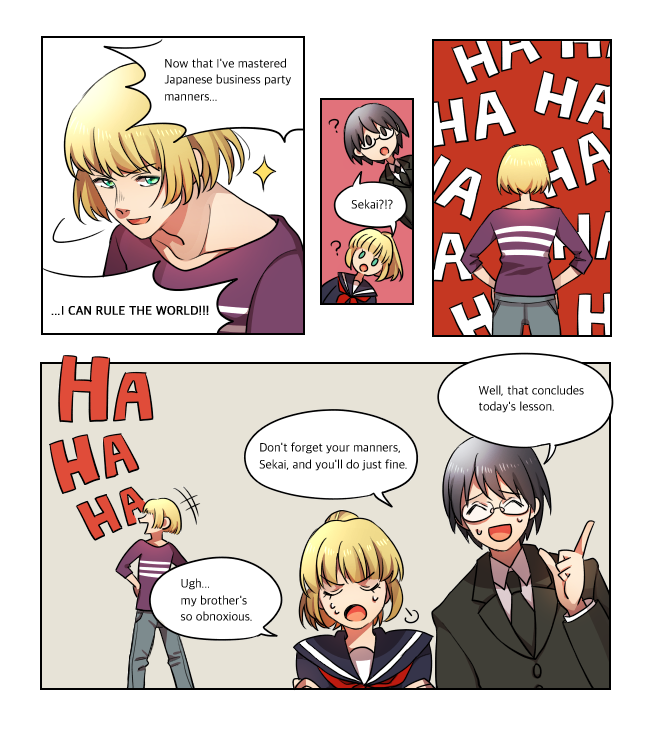
Well, there you have it. Just follow these 10 essential Japanese izakaya rules—and win over your boss and coworkers at the next company drinking party. And if you’re going to be eating out in a Japanese restaurant anytime soon, be sure to read our 7 Essential Japanese Table Manners. Good luck!



